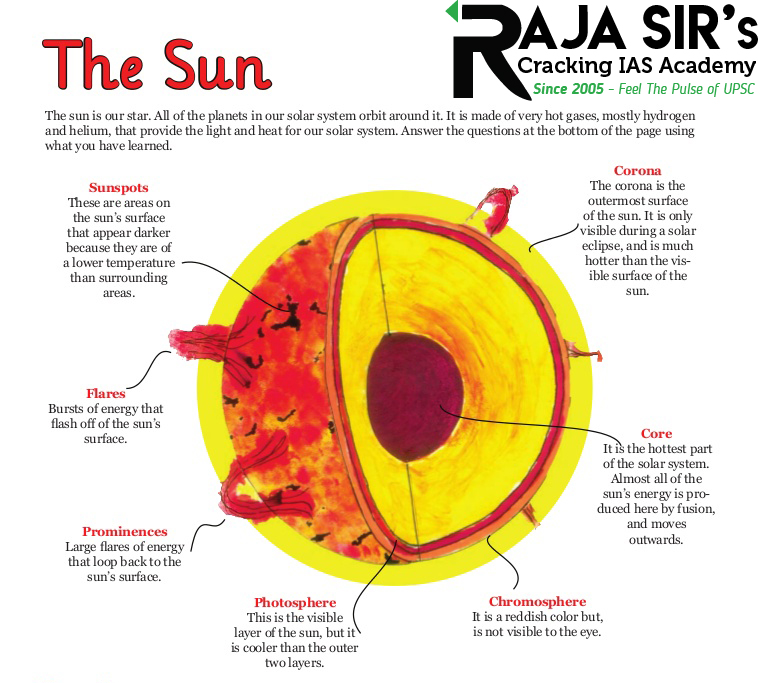- Home
- Prelims
- Mains
- Current Affairs
- Study Materials
- Test Series
 EDITORIALS & ARTICLES
EDITORIALS & ARTICLES
Daniel K. Inouye Solar Telescope (DKIST)
The world’s newest and largest solar telescope – the 4-metre-wide Daniel K. Inouye Solar Telescope (DKIST), run by the National Science Foundation of the US, on the summit of Haleakala on the Hawaiian island of Maui – has produced the most detailed image of the Sun till date. The new images reveal small magnetic structures in incredible detail. The images, released on 29 January 2020, reveal features on the Sun’s surface just 30 kilometres across, or about three times as small as anything yet seen. The images show a pattern of turbulent, “boiling” gas that covers the Best-ever images of solar surface herald new era entire Sun.
The DKIST is designed to study magnetic structures that may lead to new insights into why the corona, the Sun’s outer atmosphere, is millions of degrees hotter than the surface, and what drives space weather that occasionally interferes with technology on Earth. In combination with NASA’s Parker Solar Probe and European Space Agency’s Solar Orbiter, data and images from the DKIST are expected to throw new light on how the Sun works and tell us how the space weather it creates affects Earth.
Scientists have been trying to understand the solar wind and the blazing heat of the corona for long. They both play a role in space weather and solar storms and according to them understanding the solar wind could enable better prediction of space weather. Solar wind and the corona’s temperature also impact ejections of mass from the corona, which can impact the global power grid and telecommunications on Earth, as well as astronauts on the International Space Station. The energised and accelerated particles streaming away from the Sun in the solar wind are also responsible for the northern and southern lights (auroras) we see on Earth. The Parker Solar Probe, by repeatedly flying close to the Sun over the next five years at record-setting speeds of nearly 700,000 kilometres per hour, will be able to measure pristine material ejected from our star and it is already providing invaluable data from its early passes. But space weather is hard to predict, something scientists are hoping to change with the trio of Sun-focussed missions, including the DKIST.
DKIST’s five instruments are designed to both image the Sun and probe its magnetic field, allowing scientists to discern the field’s strength and orientation. Scientists hope to use these data to help resolve the longstanding mystery of why the Sun’s corona – its halo-like outer atmosphere – is up to millions of degrees hotter than its surface. Data from DKIST will also allow researchers to probe the magnetic fields of the vast structures that arc and loop between these two regions.
The Sun’s magnetic field and plasma also experience entanglement, which can release solar storms that temporarily impact our power grids. The DKIST has the capability to measure the magnetic field with more detail, leading to a greater understanding of solar activity. The construction of the Inouye Solar Telescope started in 2012 and is still continuing. Although still incomplete, the telescope captured the newly released image on 10 December 2019. Only a single instrument, the Visible Broadband Imager (VBI), was operational at that time. The VBI takes extremely high-resolution images of the solar surface and lower atmosphere.
The observatory’s second instrument, the Visible Spectro-polarimeter (VISP), began operation on 23 January 2020. Like a prism, the VISP splits light into its component colours to provide precise measurements of its characteristics along multiple wavelengths. The remaining instruments will be turned on as construction continues on the 13-story building, with full operations planned to begin in July 2020.









 Latest News
Latest News
 General Studies
General Studies